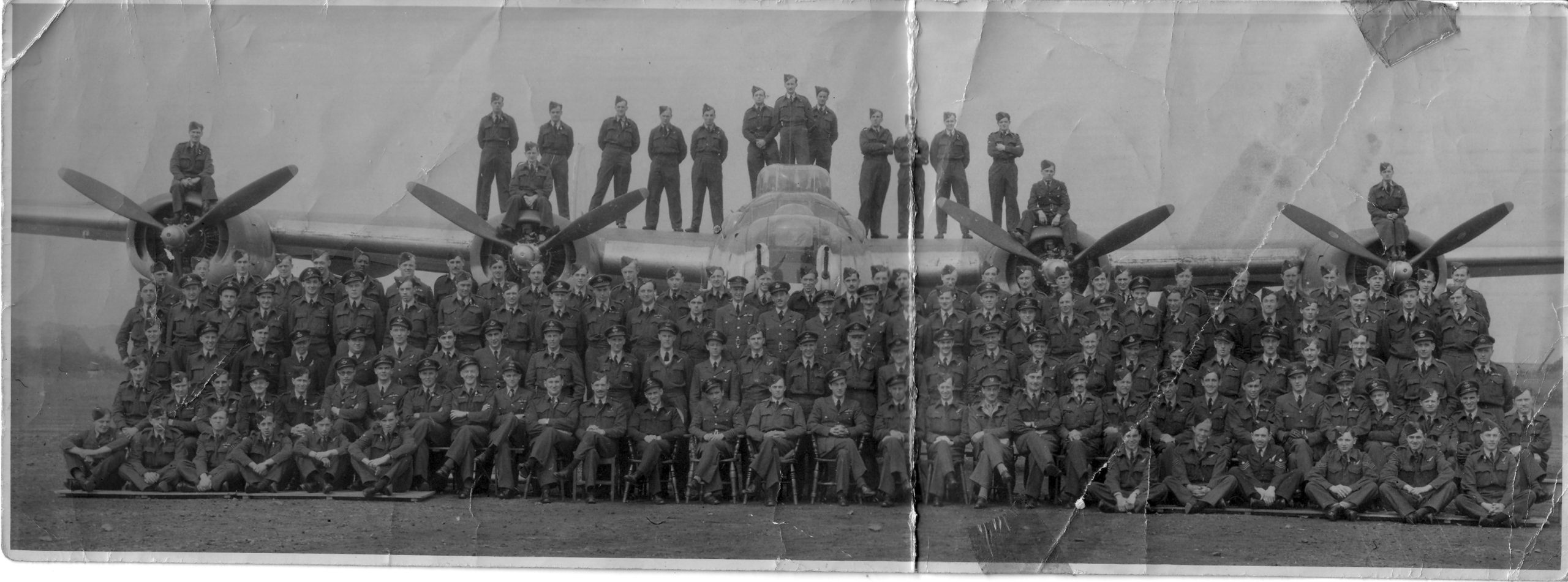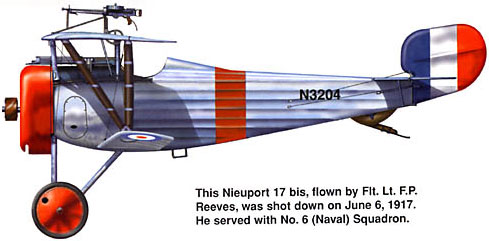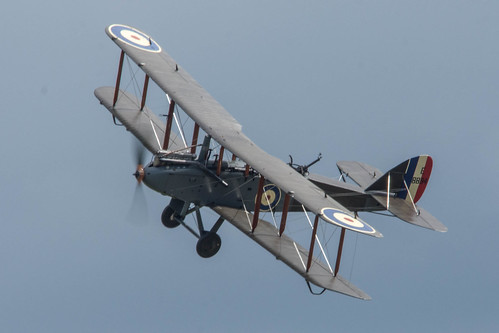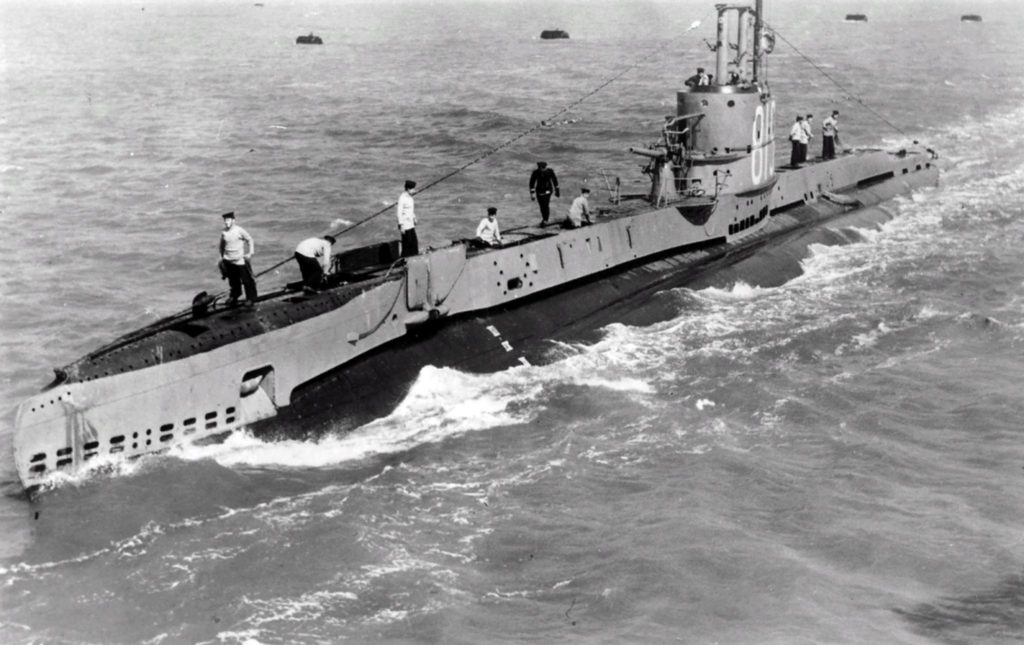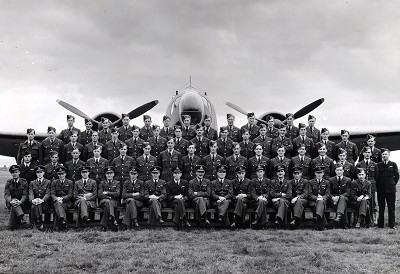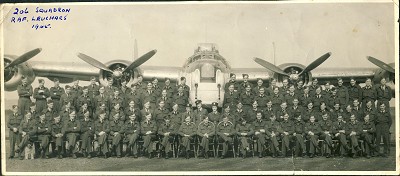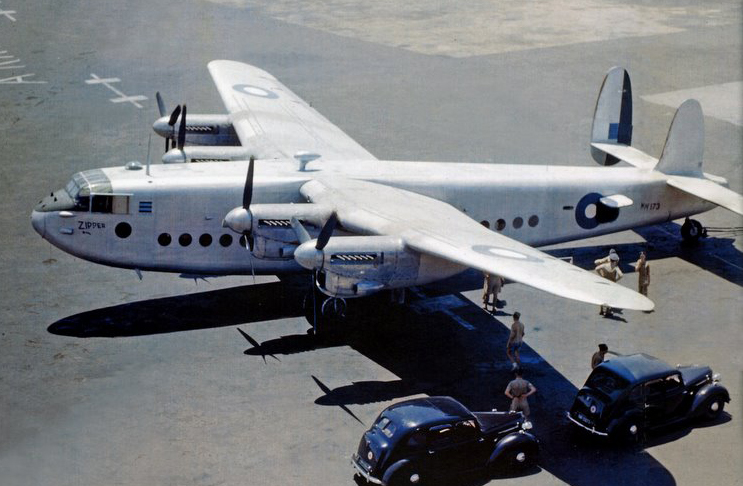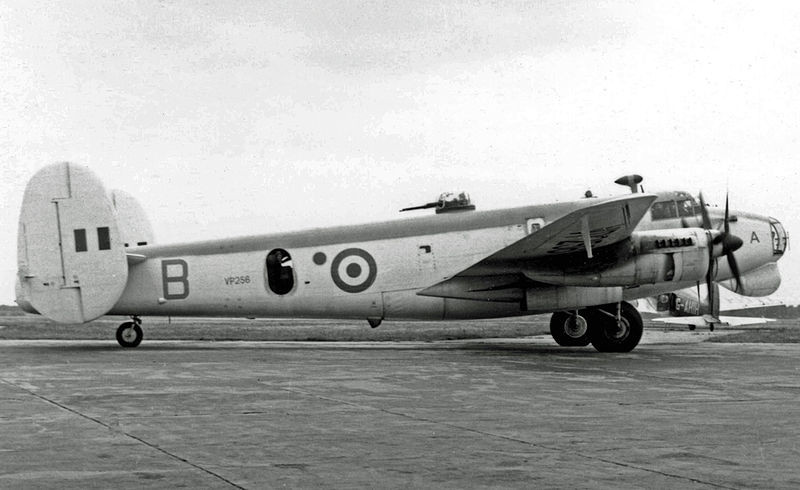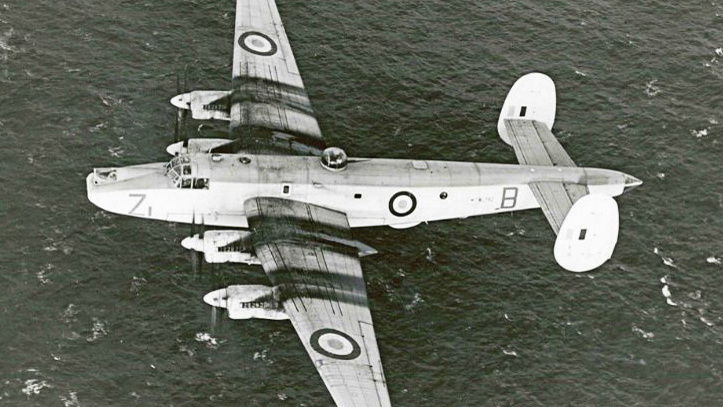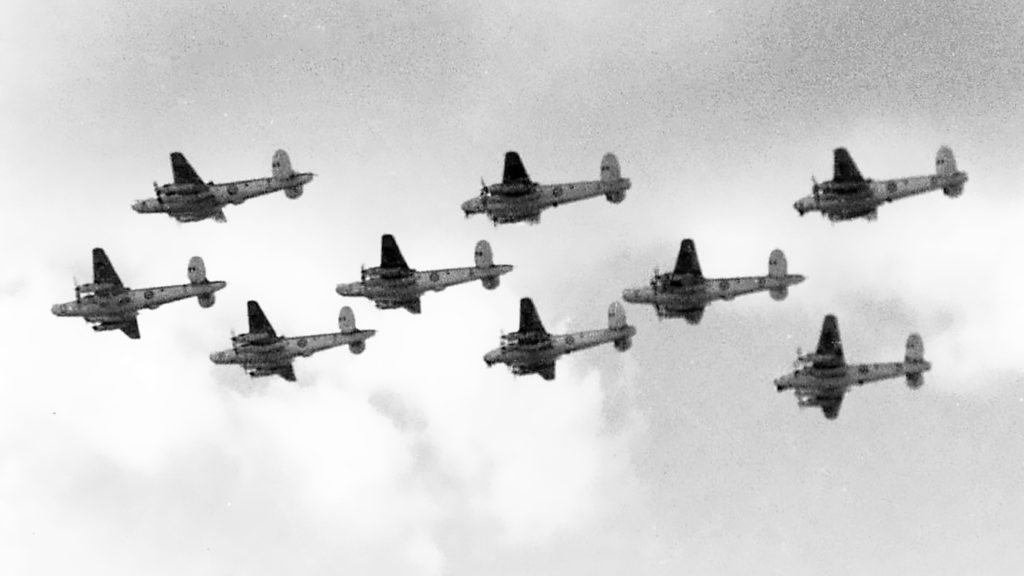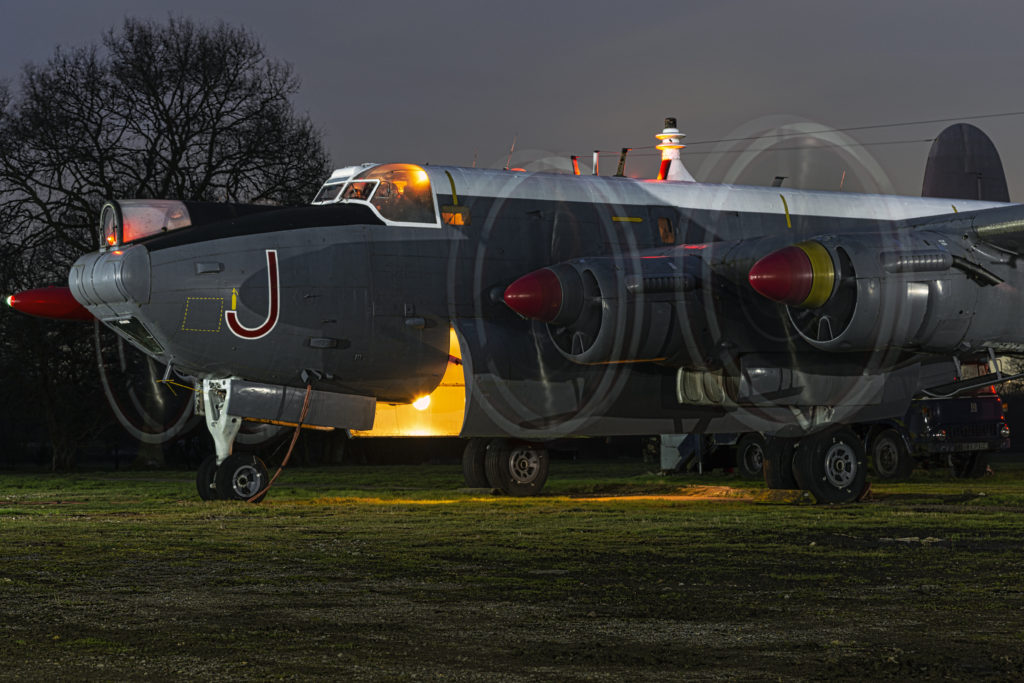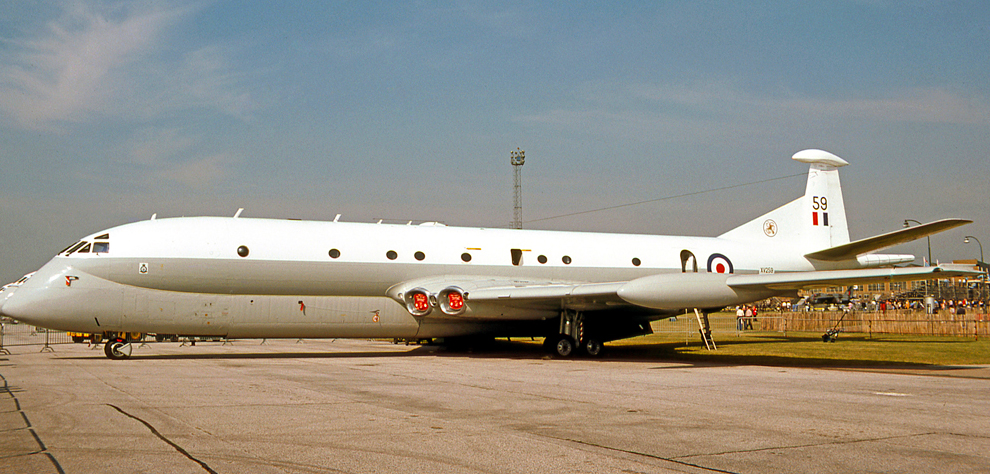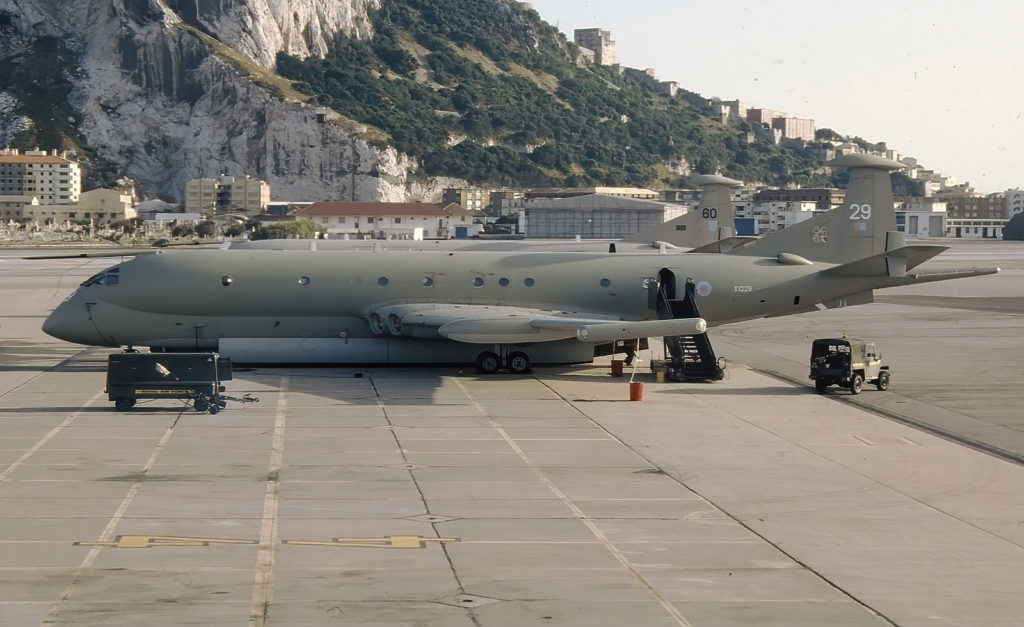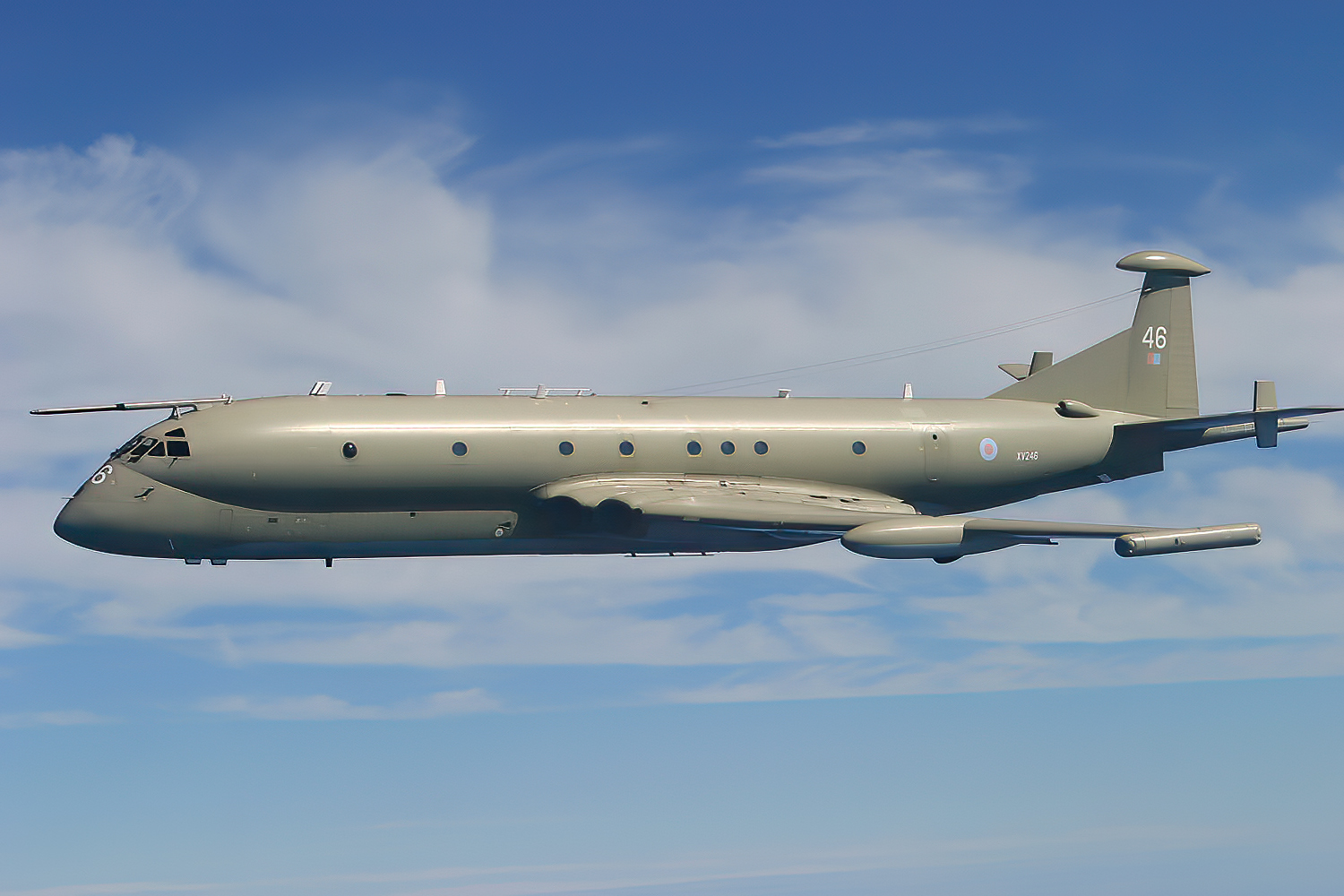Late in 1916, at the height of World War I, The Royal Naval Air Service added to its strength No 6 (Naval) Squadron. Forming up in Dover in November 1916, it flew its Nieuport Scout fighters to Petite Synthe, near Dunkirk in France, where its role was to be protection of Naval forces off the coast of Belgium.
Soon, however, the Squadron was reassigned to assist the RFC in countering the increasing German air activity overland. There followed a series of moves to different airfields before the squadron was disbanded late in 1917, only to be reformed a few months later as a bomber and reconnaissance squadron flying DH9s.
On 1 April 1918, the RNAS and RFC were joined together in the new Royal Air Force, with Naval 6 becoming No 206 Squadron. With the termination of hostilities in 1918 and a move to Bickendorf in Germany, the squadron took on a role carrying mail, often in appalling weather. Finally, following a move to Egypt for policing duties, the squadron was disbanded, being re-numbered to No 47 Squadron in February 1920.
In 1936, against a backdrop of increasing threat to peace from German re-armament, 206 Squadron was reformed as a General Reconnaissance squadron, equipped with the Avro Anson, moving to RAF Bircham Newton in July.
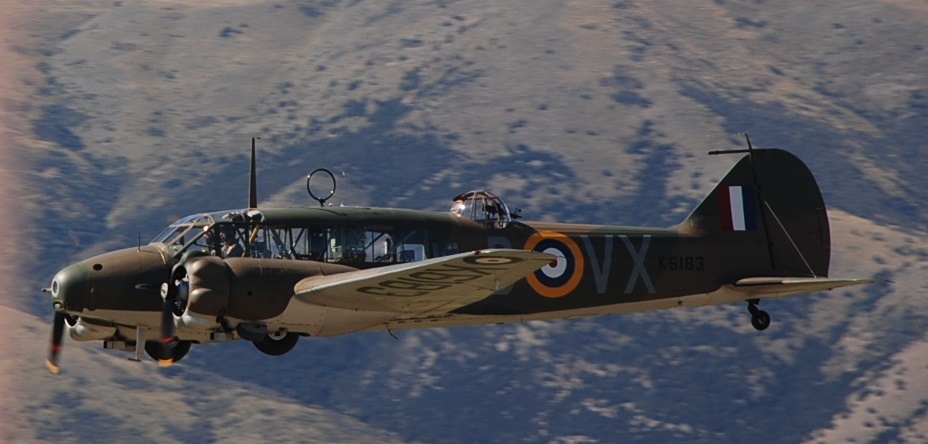
Restored Anson Mk I belonging to Mr Bill Reid and based in NZ painted in 206 Sqn colours and markings. The paint scheme is a tribute to 206 Sqn pilot, Pilot Officer ‘Jumbo’ Edwards, the first officer POW of WW II
On the outbreak of war the Squadron, now carrying live but largely ineffective bombs, made a few attacks on enemy submarines, with generally indeterminate results. One attack that made a hit with a 100lb bomb is known simply to have broken a lightbulb in the target. This damage assessment came from the Royal Navy, whose submarine HMS Snapper was the victim of the attack, and whose Captain was really quite annoyed.
Re-equipping with the Lockheed Hudson in April 1940 was a challenge both to groundcrew and to aircrew. For the groundcrew the complexity of the new aircraft, with ten miles of internal wiring compared with just one mile in the Anson, meant a steep learning curve. For the aircrew the increased range and capability meant that operations now extended to the North German coast, with the inevitable increased hazard of such operations. In early 1941 the Squadron was split in two to form 200 Squadron as a new Hudson unit, and in May the depleted 206 Squadron moved to St Eval in Cornwall.
At St Eval the Squadron’s role was to protect the Atlantic convoys by carrying out anti U-Boat patrols, and by keeping a watch on the German capital ships in Brest. In August 1941 another move took the Squadron to Aldergrove in Northern Ireland, still operating in protection of the convoys. From that base there were many detachments, and in the winter of 1941-42 in one month the Squadron flew over 100 sorties
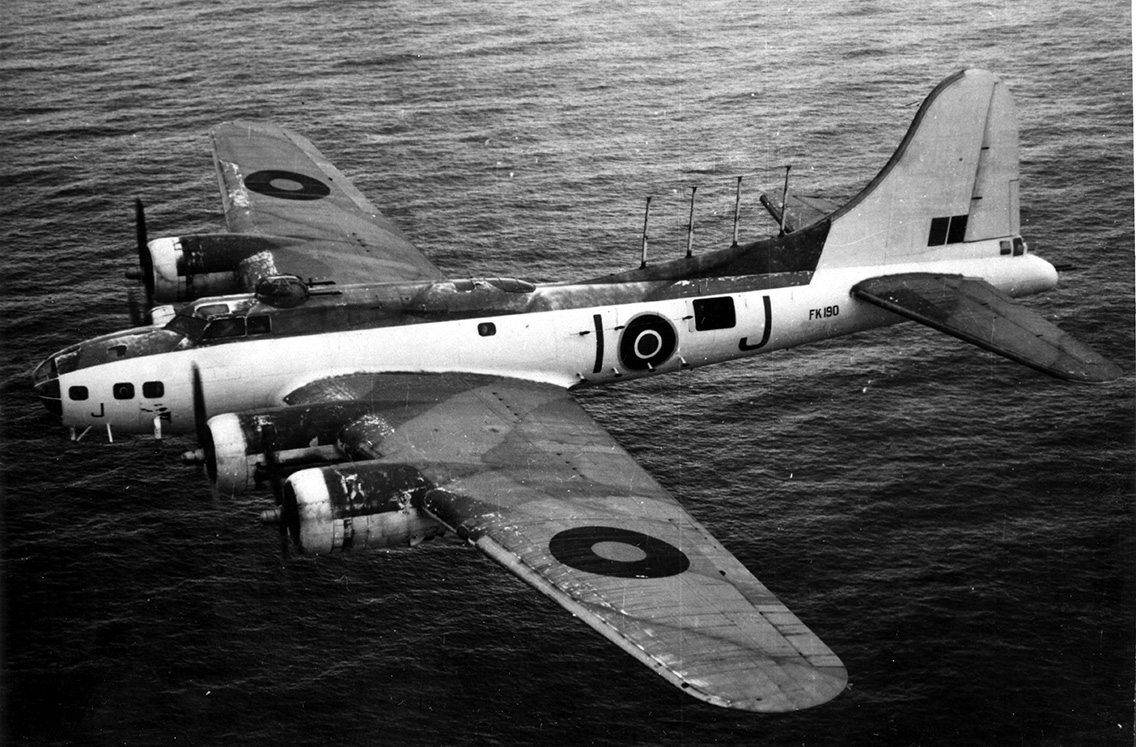
206 Sqn ‘Fort’ IIA FK190/J flying out of Lagens. Originally the test aircraft for LRASV, it retains its Stickleback aerials of ASV II. Circa 1943/44. Image via Robert Stitt, author of ‘Boeing B17 Fortress in Coastal Command Service’.
Yet another move came in June 1942, when the Squadron moved to Benbecula, re-equipping with Fortresses shortly after arriving. The increased range, endurance and weapon load of the Fortress hugely increased the effectiveness of the anti-submarine patrols now carried out by the unit. By the end of October 1942, well over 500 operational flying hours had produced six U-boat sightings and four attacks. Many more sightings and attacks followed until October 1943, when the Squadron moved to Lajens in the Azores. Operating from there until March 1944, the Fortresses of 206 Squadron went a long way to closing the “Atlantic Gap” by giving air cover to the North Atlantic convoys.
Returning to the UK from the Azores in April 1944, the Squadron found itself operating yet another new aircraft type, the Consolidated Liberator, initially from RAF St Eval, and then from RAF Leuchars in Fife. From St Eval 206 Squadron operated the “Cork” patrols that effectively prevented any U-boat interference with the D-day landings. At Leuchars new equipment and technical advances saw the Liberators equipped with Leigh lights, centimetric radar and sonobuoys to track submerged targets. Training in new skills was needed, but the results helped in reducing the threat from U-boats. Being within range of Luftwaffe bases, patrols near to the Norwegian coast could be hazardous, and there were a number of attacks on Squadron patrols by Me 110s.
In 1945, with the war in Europe over, there was a huge demand for air transport and 206 Squadron with their Liberators converted hurriedly from the maritime role to become part of Transport Command at RAF Oakington. Guns and armament were stripped out to be replaced by seats. Troop transporting took the crews to a wide variety of locations, from North Africa, to India, to the Middle East and Mediterranean. But by April 1946 the huge transport task was largely completed, and the Squadron disbanded once more, soon to be reformed in November 1947 at RAF Lyneham. This time the Squadron was equipped with Avro York C1 aircraft, ranging even further afield as far as Changi in Singapore and Calcutta in India. In 1948, when the Soviet Union closed all land access through East Germany to Berlin, 206 Squadron was part of the enormous Berlin airlift. With the completion of the operation the Squadron was yet again disbanded in August 1949.
The aftermath of the Berlin blockade brought into existence the North Atlantic Treaty Organisation, and with it an expanded responsibility for the Royal Air Force to patrol the North Atlantic. In September 1952, therefore, 206 Squadron was reformed, now flying the new Shackleton Mk1A from RAF St Eval.
Serviceability of the Mk1 Shackleton was poor, but in early 1953 the Squadron started to be re-equipped with the more successful Mk2, and for some time the unit had the complication of operating two different marks of Shackleton.
Rehearsal for participation in the Royal Review of the RAF in 1953 took up much of the training effort early in that year, but the Shackleton wing participation was singled out for particular praise.
Other activities included a “Goodwill Tour” that included Fiji, New Zealand and Australia, Search and Rescue, and Trooping in the Suez crisis. In 1954 the RAF recognised the problems associated with operating two different marks of aircraft on one unit, and 206 Squadron reverted to operating only the Mk1. In January 1958, with the closure of RAF St Eval, the Squadron moved just a few miles to RAF St Mawgan. During the period 1956 to 1958 206 Squadron played a major part in Operation Grapple, testing the UK’s Hydrogen bomb at Christmas Island.
In 1958 the Squadron received the first of its new Mk3 Shackletons, but the process of re-equipping was slow, and for some time the unit was again operating two different marks of aircraft.
Slowly, however, the aircraft were updated with new or improved equipment in the form of Autolycus exhaust trail indicator, ASV 21 radar, SARAH beacon homing equipment, Blue Silk doppler navigation equipment and the Mk 30 torpedo. Through the late 1950s and the 1960s the Squadron took part in many exercises, deployments and operations, including the Cuban Missile crisis in 1962. Operational flying was primarily taken up with surveillance of Soviet Navy operations, particularly submarine activity, that increased throughout the period of the Cold war. In July 1966 206 Squadron was presented with its own standard at RAF Kinloss by HRH Princess Margaret. The eight battle honours included on the standard included the Western Front 1916-1918, Dunkirk, the Atlantic 1930-1945 and Biscay 1941-1944. The standard also bears the Squadron badge, showing an octopus and the squadron motto “Nihil nos effugit” (Naught Escapes Us).
By the end of the 1960s the Shackleton was showing its age, and was replaced in 18 Group (the successor to Coastal Command) by the Hawker Siddeley Nimrod.
This jet-powered aircraft, a development of the Comet 4, retained some of the sensors from the Shackleton, but added Jezebel as an acoustic sensor and ARAR/ARAX as a much improved Electronic Support Measures sensor. It also employed a computer system to coordinate the display of data for the tactical navigator. At the end of 1970 206 Squadron converted to the new aircraft, with the crews enjoying the improved capability almost as much as the improved comfort! The submarine surveillance role continued as in the Shackleton era, but with the added capability to use the Jezebel acoustic sensor to detect and track submerged nuclear powered submarines. Surface surveillance was much enhanced by the new computer system, and was put to good use during the “Cod War” confrontation with Iceland. For some time a new role was assigned to the Nimrod force in surveillance of fishing activity in the UK EEZ and checking on the rapidly expanding tapestry of offshore oil rigs in the North Sea.
The Nimrod Mk1 was only ever regarded as an interim solution to the need for a Shackleton replacement, and in December 1979 206 Squadron began conversion to the Nimrod MR2, with its upgraded sensor, navigation and computer suite.
In April 1982, when Argentina invaded the Falklands, 206 Squadron was the only unit fully converted to the Nimrod MR2. In an amazingly short time, some of the Nimrod MR2s were converted to carry out air to Air refuelling and several pilots were trained. During the conflict, modifications were made and crews were trained for the use of Sidewinder Air to Air missiles, and clearance was obtained and training carried out for the release of 1000 lb retard bombs. Surveillance carried out by 206 Squadron and later by other squadrons when their Nimrod MR2 conversion was complete was a major factor in the success of the Falklands campaign.
In 1990, with the Iraqi invasion of Kuwait, 206 Squadron with the other Kinloss Nimrod MR2 squadrons joined the coalition forces in Operation Granby to operate from Seeb in Oman to enforce the UN naval blockade of Iraq. initially operations were confined to the Gulf of Oman, but later sorties went into the Arabian Gulf where, as well as the basic surveillance task, crews had to be alert for deconfliction with the large numbers of aircraft of other nations while ensuring that they remained well clear of Iranian waters. As at the end of the Falklands conflict, the Nimrods found themselves with a new set sensors and equipment, including Link 11, electro-optics and self defence pods. Training in the use of the new kit kept the crews very busy. Throughout the 1990s the Squadron carried on with its routine tasks, and enjoyed successes in the annual national and international Anti-submarine warfare competitions. Exploiting the Air to Air refuelling capability allowed crews to venture further afield, including a sortie to the North Pole in support of the Royal Navy.
In 2003 the uneasy tension in the Middle East again flared into hostilities, and 206 was once again deployed to the area, again with new equipment and a new role. The electro-optics were upgraded and the communications fit was improved to allow direct interaction with army units on the ground. Operations over Iraq and later Afghanistan became the norm, testing the flexibility of both groundcrew and aircrew to the extreme.
In 2005, as it became clear that the life of the Nimrod MR2 force was coming to its end, and aircraft numbers were reducing, 206 Squadron was once more disbanded. For four years the squadron number lay fallow, until 2009 when 206(Reserve) Squadron was formed at MoD Boscombe Down.
The “new” squadron formed from an amalgamation of the Heavy Aircraft Test Squadron (HATS) with the Air Transport and Air-to-Air Refuelling Operational Evaluation Unit (AT/AAR OEU) and the Nimrod Flight Trials Crew. HATS had its origins within the Aeroplane and Armament Experimental Establishment, which moved to MOD Boscombe Down in 1939. Over the years the unit went through numerous organisational and name changes, including Defence Research Agency in 1991, Defence and Evaluation Research Agency in 1995, and eventually the Aircraft Test & Evaluation Centre (ATEC) in 2005, while the Squadron’s named changed from “B” Squadron to Fixed Wing Test Squadron and then HATS. In the formation of ATEC, some elements of the organisation were privatised into a company known as QinetiQ, while the military elements were retained under the command of the RAF Air Warfare Centre, but the two continued to work alongside each other under special contractual arrangements to deliver air Test & Evaluation (T&E). HATS and its predecessors, as the names suggest, were concerned with the testing of developmental and experimental aircraft. The Squadron had operated or tested countless aircraft types over the years, including more recently specially modified Andover and BAC 1-11 research aircraft (which it shared with the co-located Empire Test Pilots’ School) and the RAF’s Meteorological Research Flight’s C-130 WMk2 (XV208), affectionately known as ‘Snoopy’. The Squadron, along with the Nimrod Flight Trials Crew, was also deeply embroiled in the Nimrod MRA4 programme (until it was cancelled in the 2010 Strategic Defence Review) and had Squadron test pilots and project officers embedded in a number of new aircraft projects such as the A330 Future Strategic Tanker Aircraft (now known as Voyager), the ASTOR battlefield intelligence aircraft (now known as Sentinel), the Airbus A400M tactical transport and the USAF Rivet Joint surveillance aircraft being procured to replace the Nimrod R Mk1s. Meanwhile at RAF Lyneham and RAF Brize Norton, the AT/AAR OEU were busy conducting “operational” level T&E. Typically, while HATS would test to ensure that a new or modified aircraft type was safe to operate, the OEU would evaluate its ‘fitness for purpose’ for front line operations and develop tactics and procedure on how best to operate it.
When the units combined under the 206 (Reserve) Squadron nameplate, it immediately found itself with a high workload and a mixture of tasks spread between Boscombe Down, RAF Lyneham and RAF Brize Norton, plus individuals embedded within various aircraft manufacturers’ facilities from Madrid (Spain) to Marietta (USA). In the early 2010s, the Squadron worked hard to develop a far more integrated T&E approach, streamlining and rationalising the many tasks it undertook and combining the ‘safe to operate’ and ‘fit for purpose’ assessments into a single trials campaign, saving both time and money. As aircraft projects came and went, the Squadron found itself primarily supporting the Air Mobility fleet, in particular the new A400M Atlas force build-up, with most of it’s flying operations now taking place using front line aircraft out of RAF Brize Norton. Consequently, in 2013 the decision was made to relocate the Squadron’s footprint entirely to RAF Brize Norton. The move was conducted in phases and, following a few years of operating out of the two bases simultaneously, was eventually completed in early 2017. Given the enormous support that it was now providing to the front line, 206 Squadron was to lose its “Reserve” status very soon afterwards.
